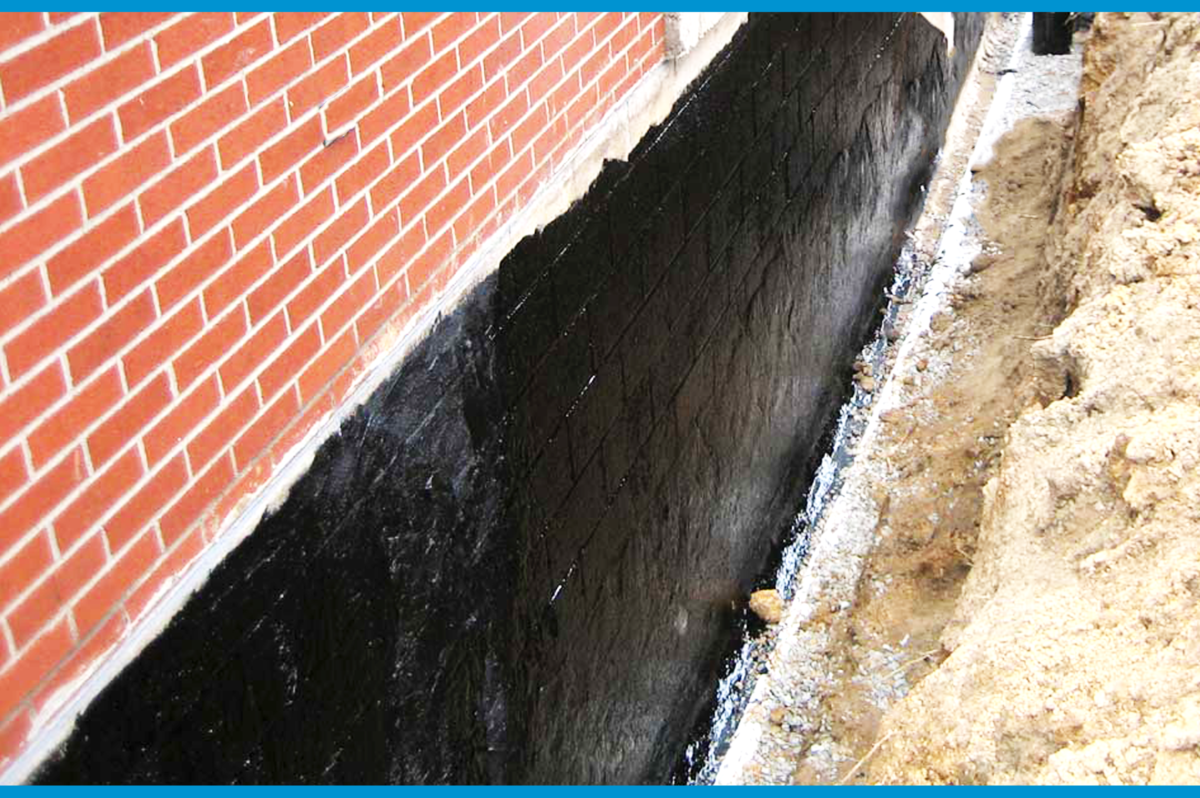Waterproofing Challenges for Historic Homes

Historic houses are often treasured for their distinctive architectural features and deep narratives, but they also come with specific challenges, particularly when it comes to moisture control. As these properties age, their materials and frameworks can be vulnerable to water damage, causing high repairs and likely health hazards such as mold and mildew. Grasping the significance of waterproofing is vital not only for preserving the beauty and soundness of these heritage treasures but also for safeguarding the capital that property owners have made.
In this write-up, we will investigate the multiple moisture control issues faced by historic properties and delve into methods to reduce moisture issues. From identifying wet basement Toronto that your property may need waterproofing to considering the pros and cons of do-it-yourself approaches versus expert assistance, we seek to provide helpful guidance for property owners. By tackling the specific issues related to moisture control in historic properties, we intend to empower you to make proactive decisions in safeguarding your property from the weather.
The Significance of Waterproofing in Historic Dwellings
Waterproofing is essential for historic homes to maintain their historical accuracy and prevent water damage. These dwellings often have distinct features, such as traditional elements and craftsmanship, which can be damaged by water infiltration. Water can deteriorate the foundation, lead to fungal issues, and cause serious harm to walls, basements, and ceilings. Effective waterproofing secures that these beloved residences stay safe and comfortable while preserving their historical value.
Overlooking waterproofing in heritage properties can lead to considerable financial burdens down the line. When moisture penetrates into walls or basements, it can create a domino effect of problems, including deterioration and peeling paint. Over time, these minor problems can grow, leading to costly interventions or even the destruction of historic features. By committing to proper waterproofing techniques, property owners can avoid future calamities and conserve thousands in renovations, ensuring their homes last through the years.
In addition to safeguarding against water damage, waterproofing can improve the eco-efficiency of heritage residences. By sealing leaks and preventing water penetration, residents can maintain a comfortable indoor climate, lowering reliance on HVAC usage. Visit website in a more enjoyable living space but also is in harmony with green initiatives, making heritage properties resilient and sustainable.
Common Damp-proofing Challenges for Historic Structures
Older structures often face specific waterproofing issues that require thoughtful consideration and expertise. One major issue is the presence of outdated materials and construction techniques that may not meet contemporary waterproofing standards. Many antique homes were built using absorbent materials such as brick, which can absorb moisture and allow water infiltration. Achieving effective waterproofing in these cases often involves specialized methods tailored to preserve the building's integrity while enhancing its resistance to water damage.
Another challenge is related to sinking and movement that aged buildings experience over time. Foundation issues, such as breaks and gaps, can develop, compromising the building's waterproofing solutions. These vulnerabilities can lead to water seeping into crawl spaces, resulting in mold growth and structural damage. Addressing these issues requires a combination of proper foundation repair techniques and effective waterproofing measures to create a robust barrier against moisture.
Furthermore, the design preservation of antique homes complicates the waterproofing process. Homeowners often wish to maintain the true appearance of their properties, which can limit the types of waterproofing solutions that can be applied. Balancing the need for effective waterproofing with the desire to preserve historic features requires skilled professionals who understand both the practical aspects of waterproofing and the historical significance of the building. This challenge makes it essential for homeowners to carefully choose waterproofing methods that align with their preservation goals.
Effective Methods for Safeguarding Heritage Homes
Maintaining historic homes requires a careful approach to waterproofing that respects their architectural integrity. Tailored materials and methods should be used to guarantee that the original features are not altered during the waterproofing procedure. For instance, ventilated membranes can be used to allow moisture trapped within the walls to vent, avoiding damage while keeping the home waterproofed. This method stops the accumulation of moisture that can lead to mold and structural issues without retaining vapor inside the walls.
In furthermore to breathable membranes, classic masonry techniques can play a important role in waterproofing historic structures. Lime-based mortars and plasters are perfect for older homes as they provide adaptability and breathability that modern materials often lack. These materials can help to draw moisture away from the structure while preserving the aesthetic qualities that define historic architecture. This approach not only protects the building from water damage but also preserves its historical character.

Another successful strategy for avoiding water damage in historic homes is to focus on proper drainage and landscaping. Ensuring that gutters and downspouts are operating effectively can direct water away from the foundation, while landscaping features like swales and rain gardens can more manage water runoff. By combining https://posteezy.com/ways-which-act-waterproofing-can-it-enhance-overall-asset-worth with appropriate waterproofing techniques, homeowners can considerably enhance the resilience of historic properties against water damage, securing their preservation for future generations.
